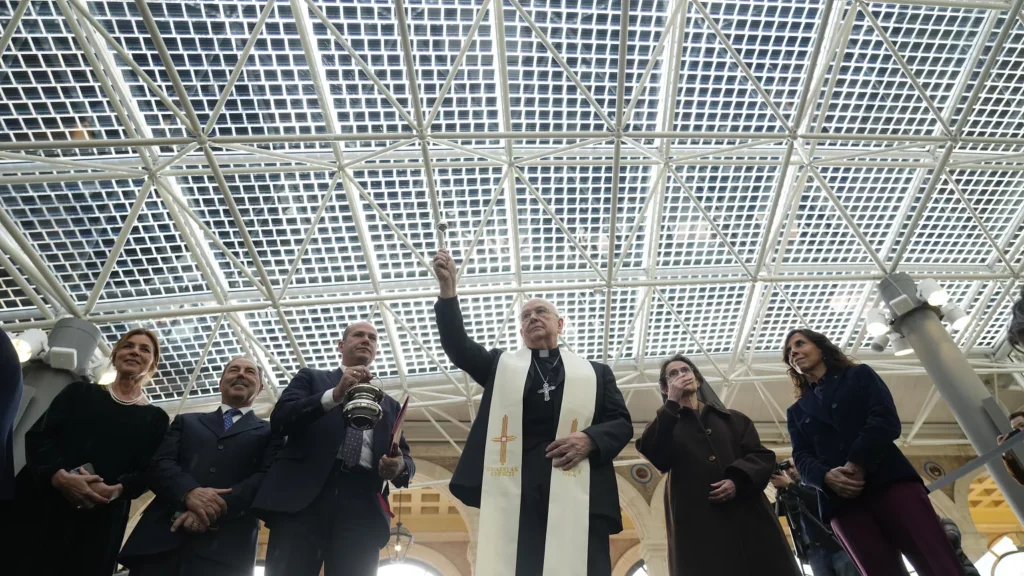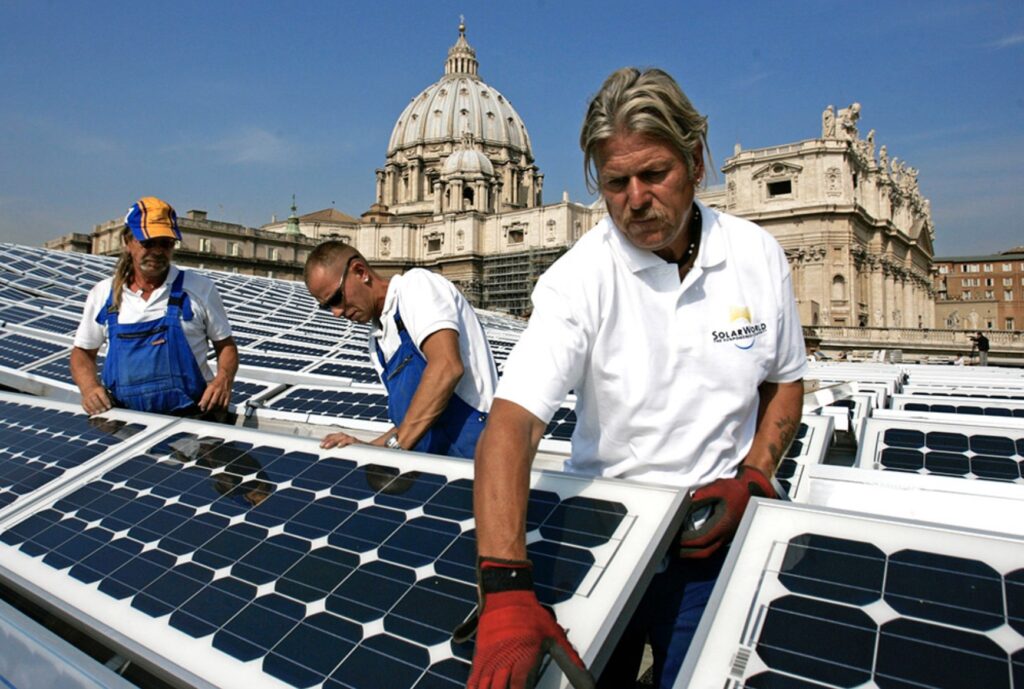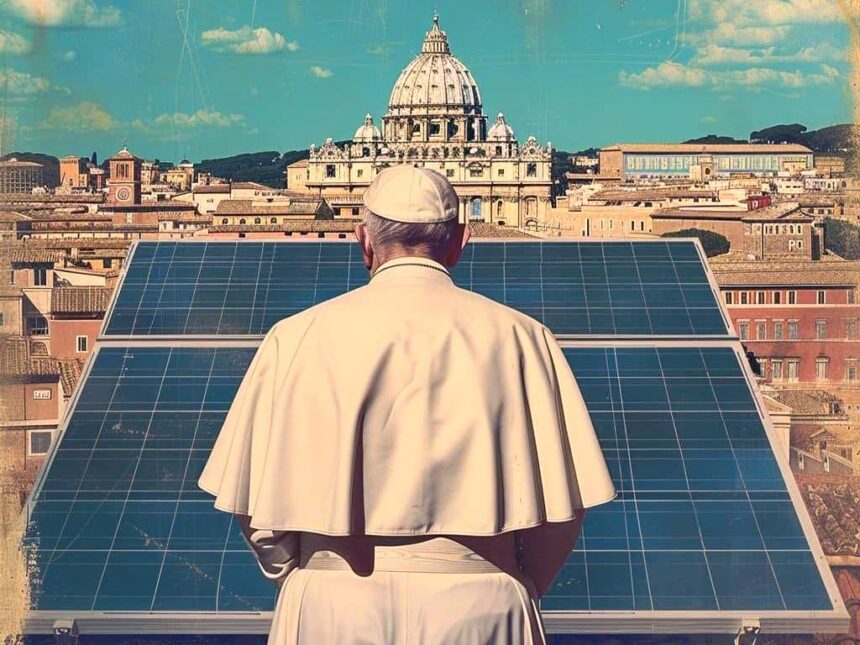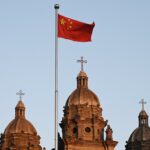VATICAN CITY — Vatican City, the smallest country in the world, has made history by switching to solar energy for all its electricity needs. In May 2025, the Vatican reached a milestone that the late Pope Francis had long hoped for: a Holy See powered only by renewable energy.
The project, delivered with the help of Italian energy company ACEA, shows a clear link between faith and caring for the planet.
The centrepiece of this transformation is a new photovoltaic roof over the Courtyard of the Corazze, finished in just six months in 2024. This quick turnaround, along with a larger solar farm at Santa Maria di Galeria, now covers all of Vatican City’s electricity use. The achievement signals what’s possible for other governments and organizations aiming to reduce carbon emissions.
Pope Francis, who died in April 2025 at age 88, laid the groundwork for this change through his apostolic letter Fratello Sole (Brother Sun) in 2024. He urged a shift to clean energy to cut greenhouse gases and tackle climate change.
“Humanity has the technology to deal with this environmental change,” he wrote, stressing that solar power should replace fossil fuels. His call for change went beyond practical concerns, drawing from his earlier encyclical Laudato Si’, which asked everyone to protect our planet.
The Courtyard of the Corazze, where many visitors enter the Vatican Museums, became the main site for the solar upgrade. ACEA led the project and faced a tough challenge: installing solar panels in a historic and crowded space.
“The hardest part is finding room for solar panels in locations full of buildings,” said ACEA President Barbara Marinali to EuroNews. Despite this, they finished the job by December 2024. Their work kept the Vatican’s look and history safe while bringing in new technology.

Vatican’s Push for Renewable Energy
Outside the city walls, the major solar plant at Santa Maria di Galeria, once used by Vatican Radio, also plays a key part. This agrivoltaic site lets solar panels and crops share the land, showing that green energy and farming can work together.
Cardinal Fernando Vérgez Alzaga and Archbishop Giordano Piccinotti managed the project, keeping it in line with Pope Francis’ hopes.
Switching to solar is about more than just the tech. It reflects the Vatican’s deeper push for environmental responsibility, a value Pope Francis championed during his twelve years as pope.
He focused on energy savings, replaced Vatican vehicles with electric ones, and even updated the Popemobile to run on clean power in 2024. Other energy-saving steps, like LED lighting and modern air systems, have helped cut emissions further. The Vatican is aiming to go completely carbon-free by 2030.
Some roadblocks appeared along the way. In 2024, Italy banned solar developments on farmland, which could have blocked the Santa Maria di Galeria project. But because the Vatican has special legal status and designed the plan carefully, the plan moved ahead, showing that renewables can work even where space is tight.

Pope Leo to Continue Green Push
The world has reacted positively to the Vatican’s solar success. Posts on X praised the move, with one user saying, “Pope Francis’ vision for the Vatican to run on green energy realised.” Many see the Vatican as a model for other cities looking to cut emissions.
Environmental groups have welcomed the change, especially in light of current climate challenges.
Pope Leo XIV, the first American pope, took over in May 2025 and looks ready to keep the green push going. He has spoken about service and humility as guiding values, matching the focus on caring for people and the environment.
On a recent visit to Borgo Laudato Si’, a sustainability learning centre inspired by Pope Francis, Leo XIV showed he plans to build on the foundations set by his predecessor. Whether he keeps Castel Gandolfo as an environmental centre, as Francis did, or gives it a new role remains to be seen.
Today, Vatican City stands as proof that faith and science can work together for the good of the planet. The new solar installations at the Courtyard of the Corazze and Santa Maria di Galeria are more than just power sources—they represent a promise to future generations.
As Pope Francis wrote in Fratello Sole, solar power asks us to “make lifestyle changes to counter global warming.” With the Vatican now fully solar-powered, that call has been answered, and the message is clear for others to follow.
Sources: Euro Weekly News







